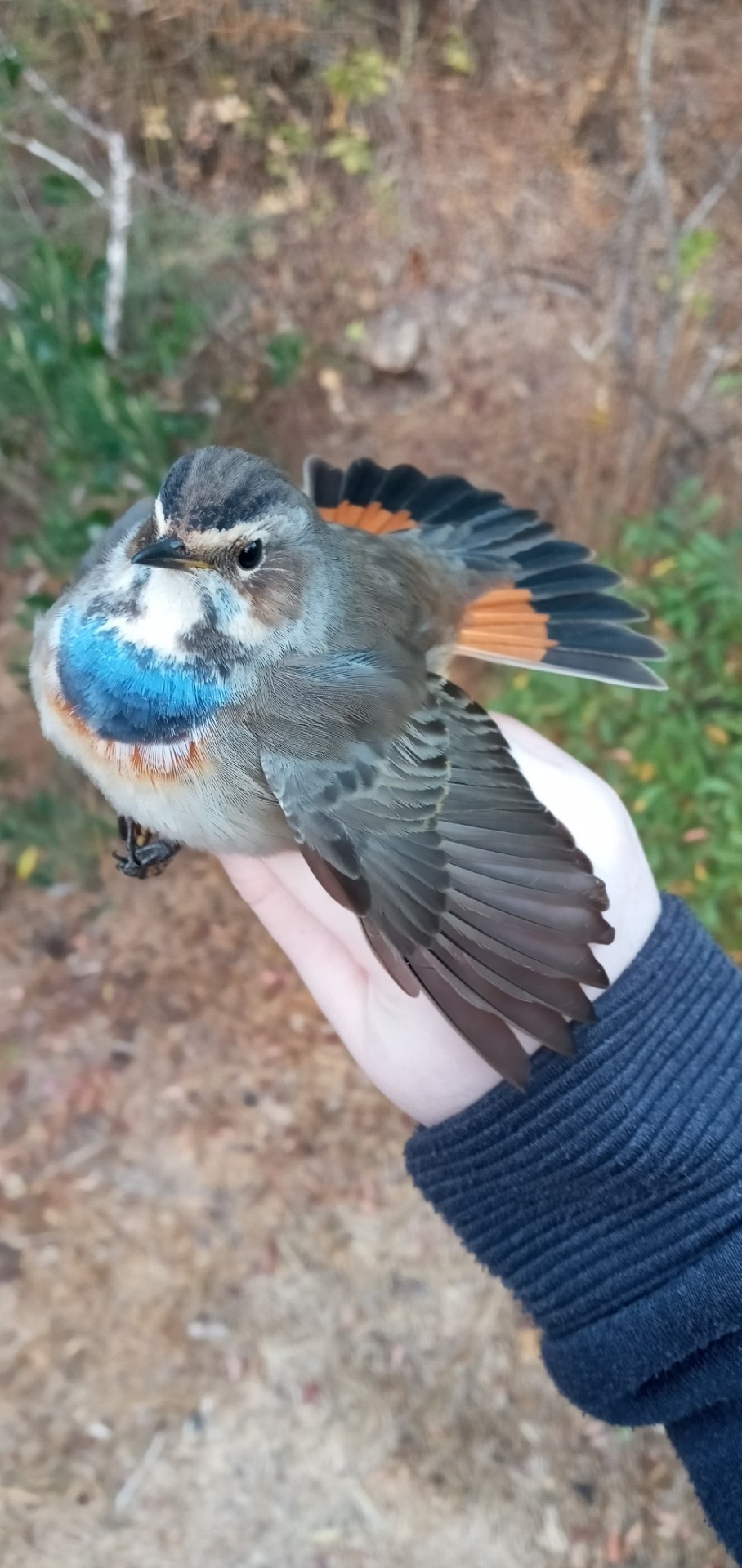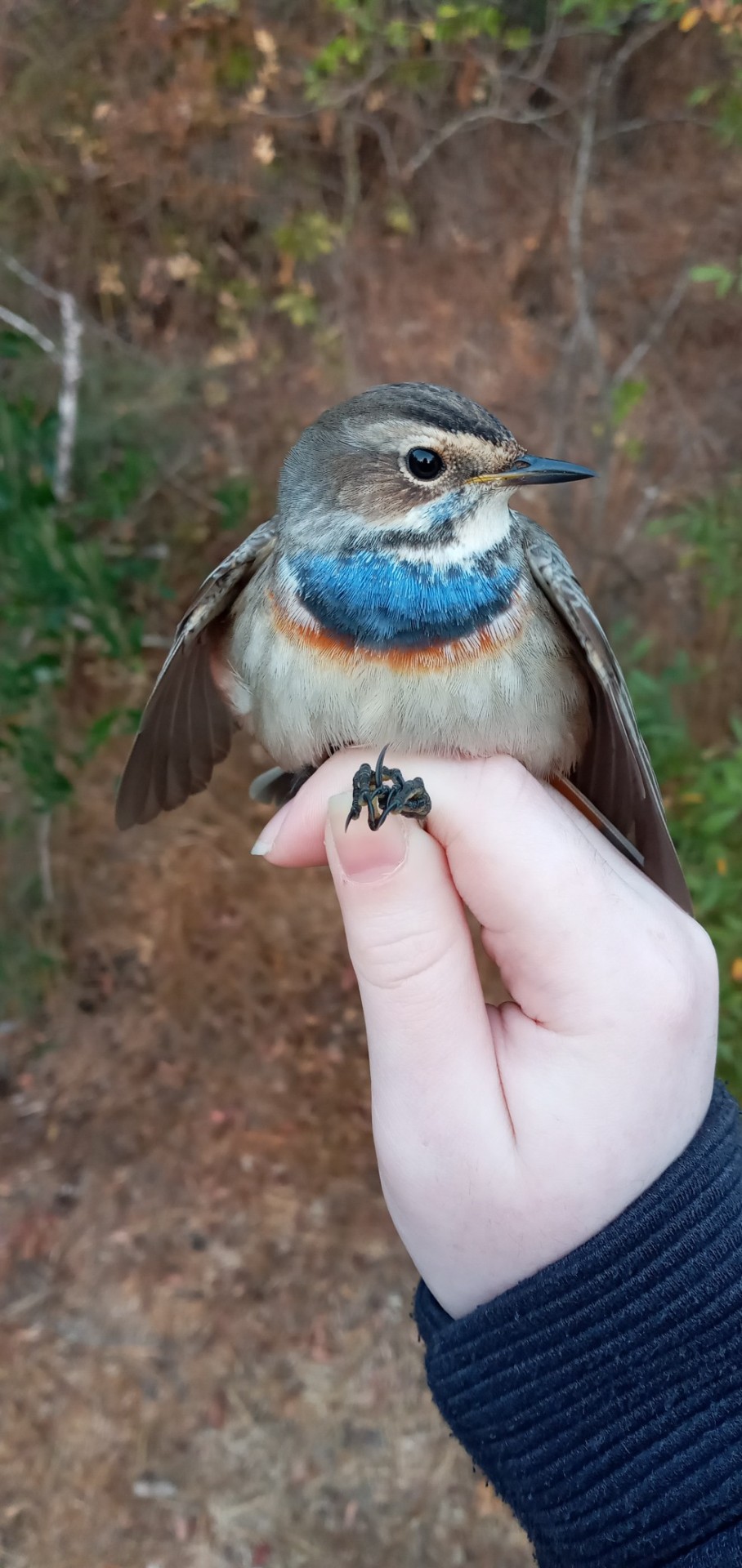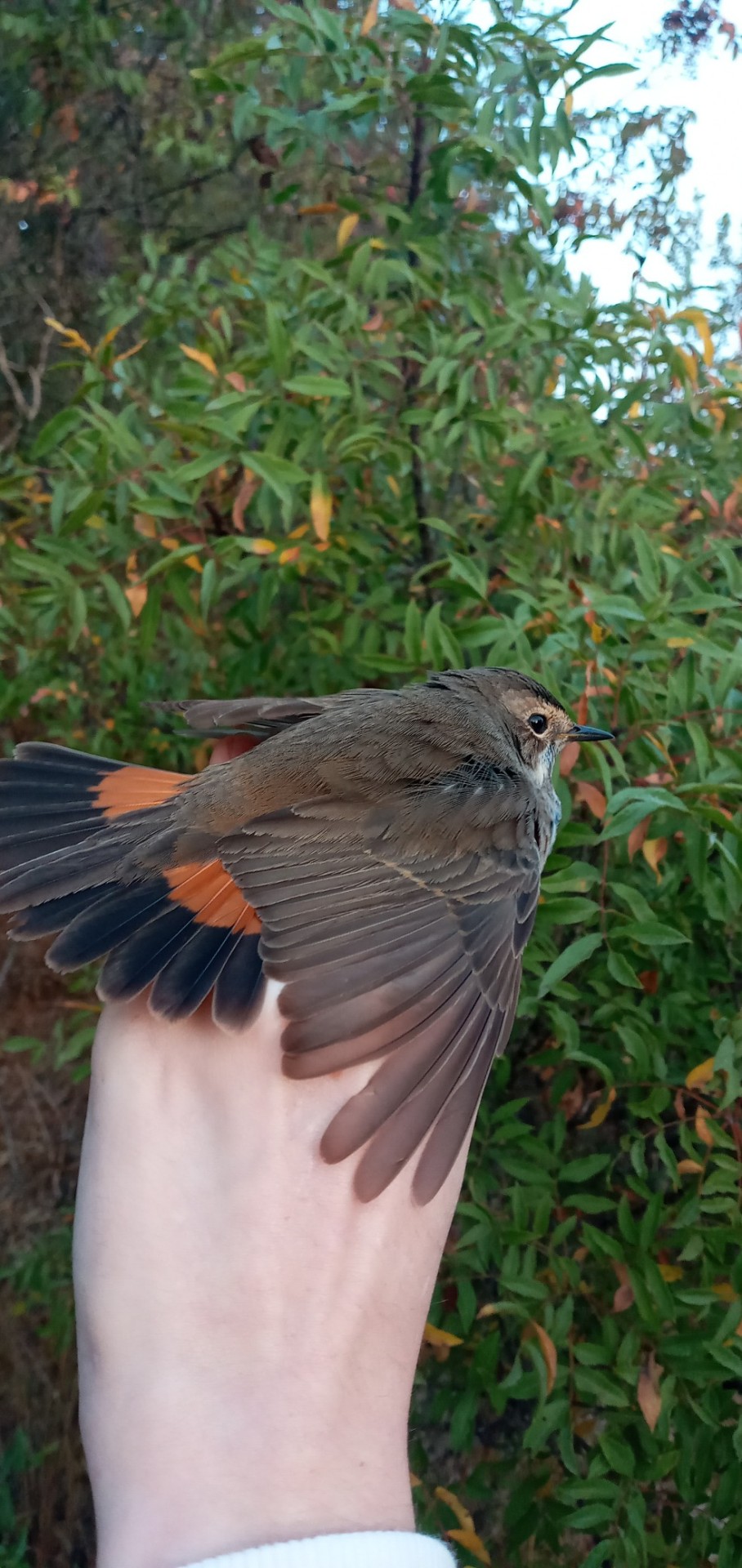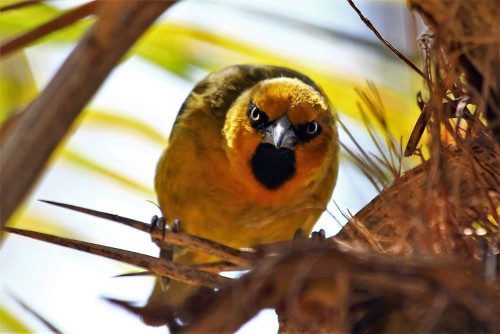I Had A Bit Of A Technical Mishap Yesterday And Was Not Able To Work On Photos. Today, I Will Use The
I had a bit of a technical mishap yesterday and was not able to work on photos. Today, I will use the sunny weather and mild temperatures to close the pond for the season and set up the heated bath, so the livestream will be off for a bit. I hope everyone has a wonderful Halloween! Count Grackula is already excited 😎 New photos tomorrow evening.
More Posts from Eggxecutive-dysfunction and Others







Bluethroat (Luscinia svecica), male, from a banding. Jerusalem Bird Observatory (JBO). 21.10.21

yeecaw🤠
I love how both corvids and parrots are in general highly intelligent, but where corvids generally have strict hierarchies, solve disagreements in the pecking order by fighting, and have a strong dislike for anything new or foreign until they figure out how to make use of it, parrots are just here to party.
The New Caledonian crow, who knows how to specifically build a tool in order to build another tool, never engages in play. These motherfuckers are smarter than some people with the right to vote, and they are Extremely Serious Birds. They don't have time to play, they got work to do and kids to raise.
And then there's the kea, straight-up titled "clown of the mountains", that has a specific vocalization for "playtime!". Scientists decided to try what happens if they play the Play Call for two fully-grown adult keas that are together in an area and can clearly see there is no other, third kea to make the call, and they just go "great idea, disembodied voice! it's TIME TO FUCKING PARTY!" and start wrestling.
Imagine working really hard in order to make it into a top university to study astrophysics, making it to your first Very Serious Class, sitting down full of serious determination, and the dude next to you is taking notes without using his hands, with a glitter pen he's shoved up his nose. And his notes are good.
I swear I saw a tumblr post on here that said ‘horses have over 4,000 bones’ and i don’t know where it came from because its totally wrong, they have 205, but what kind of fucked up horse has this person seen out there because I’m absolutely terrified of it
what is it about clair de lune that goes so hard he really put his whole debussy in making that huh
My husband is playing DnD with some friends and told me to come look at the cat who is sitting in a chair like a person. My husband handed him a d20 and said “sir you have to roll a stealth check to convince the other party members you are a human” and the cat immediately batted the d20 and rolled a 14. The party cheered for him.

Canário-da-terra/Saffron Finch
Sicalis flaveola
————————–
Estou participando de um concurso fotográfico. As fotos mais curtidas ganham. É só clicar nos links e curtir minhas fotos: https://abre.ai/dtP2 e https://abre.ai/dtP1
———————
I’m participating at a photographic contest. The pictures with more likes will win. Click on links to like my pictures: https://abre.ai/dtP2 and https://abre.ai/dtP1

A Colorful Quadrantid Meteor : Meteors can be colorful. While the human eye usually cannot discern many colors, cameras often can. Pictured is a Quadrantids meteor captured by camera over Missouri, USA, early this month that was not only impressively bright, but colorful. The radiant grit, likely cast off by asteroid 2003 EH1, blazed a path across Earth’s atmosphere. Colors in meteors usually originate from ionized elements released as the meteor disintegrates, with blue-green typically originating from magnesium, calcium radiating violet, and nickel glowing green. Red, however, typically originates from energized nitrogen and oxygen in the Earth’s atmosphere. This bright meteoric fireball was gone in a flash – less than a second – but it left a wind-blown ionization trail that remained visible for several minutes. via NASA

Star Cluster R136 Breaks Out : In the center of nearby star-forming region lies a huge cluster containing some of the largest, hottest, and most massive stars known. These stars, known collectively as star cluster R136, part of the Tarantula Nebula, were captured in the featured image in visible light in 2009 through the Hubble Space Telescope. Gas and dust clouds in the Tarantula Nebula, have been sculpted into elongated shapes by powerful winds and ultraviolet radiation from these hot cluster stars. The Tarantula Nebula lies within a neighboring galaxy known as the Large Magellanic Cloud and is located a mere 170,000 light-years away. via NASA
-
 charliechangeling liked this · 3 years ago
charliechangeling liked this · 3 years ago -
 tristikovbirds reblogged this · 3 years ago
tristikovbirds reblogged this · 3 years ago -
 theluds liked this · 3 years ago
theluds liked this · 3 years ago -
 almagoblin liked this · 3 years ago
almagoblin liked this · 3 years ago -
 jayfinch liked this · 3 years ago
jayfinch liked this · 3 years ago -
 hawthorneox reblogged this · 3 years ago
hawthorneox reblogged this · 3 years ago -
 jimmytsakospshathas liked this · 3 years ago
jimmytsakospshathas liked this · 3 years ago -
 flei-the-chaos-dragon reblogged this · 3 years ago
flei-the-chaos-dragon reblogged this · 3 years ago -
 umblyun liked this · 3 years ago
umblyun liked this · 3 years ago -
 im-phillip reblogged this · 3 years ago
im-phillip reblogged this · 3 years ago -
 dappled-sunlight-dap liked this · 3 years ago
dappled-sunlight-dap liked this · 3 years ago -
 sunshroom-fairy liked this · 3 years ago
sunshroom-fairy liked this · 3 years ago -
 robotrain liked this · 3 years ago
robotrain liked this · 3 years ago -
 b-u-n-n-i reblogged this · 3 years ago
b-u-n-n-i reblogged this · 3 years ago -
 b-u-n-n-i liked this · 3 years ago
b-u-n-n-i liked this · 3 years ago -
 selbygirl19 liked this · 3 years ago
selbygirl19 liked this · 3 years ago -
 johnenaretta liked this · 3 years ago
johnenaretta liked this · 3 years ago -
 sparks-illustration liked this · 3 years ago
sparks-illustration liked this · 3 years ago -
 actuallyastingray reblogged this · 3 years ago
actuallyastingray reblogged this · 3 years ago -
 g0reoz liked this · 3 years ago
g0reoz liked this · 3 years ago -
 emceefarm liked this · 3 years ago
emceefarm liked this · 3 years ago -
 kuvnilk liked this · 3 years ago
kuvnilk liked this · 3 years ago -
 yellowroze76 liked this · 3 years ago
yellowroze76 liked this · 3 years ago -
 jadoorfwon liked this · 3 years ago
jadoorfwon liked this · 3 years ago -
 dorothycreative liked this · 3 years ago
dorothycreative liked this · 3 years ago -
 chocobostrider liked this · 3 years ago
chocobostrider liked this · 3 years ago -
 flying-fucks liked this · 3 years ago
flying-fucks liked this · 3 years ago -
 slow-motion-shadow reblogged this · 3 years ago
slow-motion-shadow reblogged this · 3 years ago -
 petedavis64 liked this · 3 years ago
petedavis64 liked this · 3 years ago -
 ladyfarona liked this · 3 years ago
ladyfarona liked this · 3 years ago -
 nainia-s-stories liked this · 3 years ago
nainia-s-stories liked this · 3 years ago -
 ghostprinceiii liked this · 3 years ago
ghostprinceiii liked this · 3 years ago -
 rococo-crow reblogged this · 3 years ago
rococo-crow reblogged this · 3 years ago -
 bonniemarland liked this · 3 years ago
bonniemarland liked this · 3 years ago -
 silent-quacker reblogged this · 3 years ago
silent-quacker reblogged this · 3 years ago -
 sp1ne-sh0t liked this · 3 years ago
sp1ne-sh0t liked this · 3 years ago -
 yuyaasou reblogged this · 3 years ago
yuyaasou reblogged this · 3 years ago -
 yuyaasou liked this · 3 years ago
yuyaasou liked this · 3 years ago -
 pauper-sainte liked this · 3 years ago
pauper-sainte liked this · 3 years ago -
 coppercoinshot liked this · 3 years ago
coppercoinshot liked this · 3 years ago -
 ofwizardsandcrows liked this · 3 years ago
ofwizardsandcrows liked this · 3 years ago -
 hawthorneox liked this · 3 years ago
hawthorneox liked this · 3 years ago

